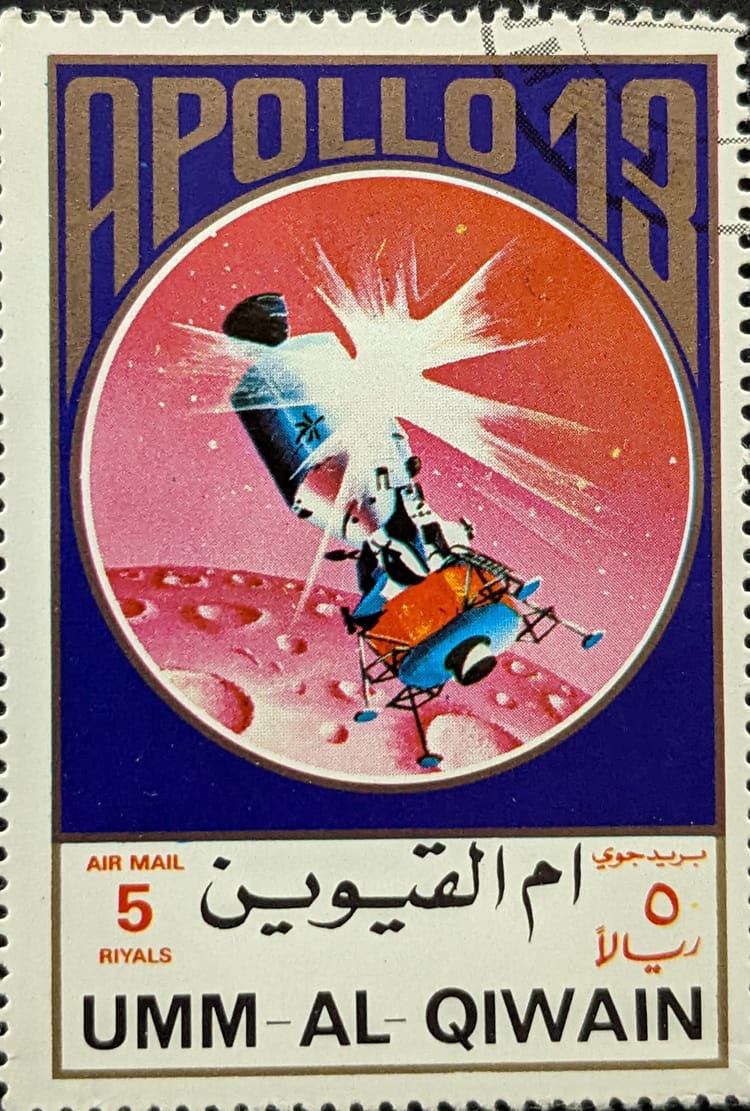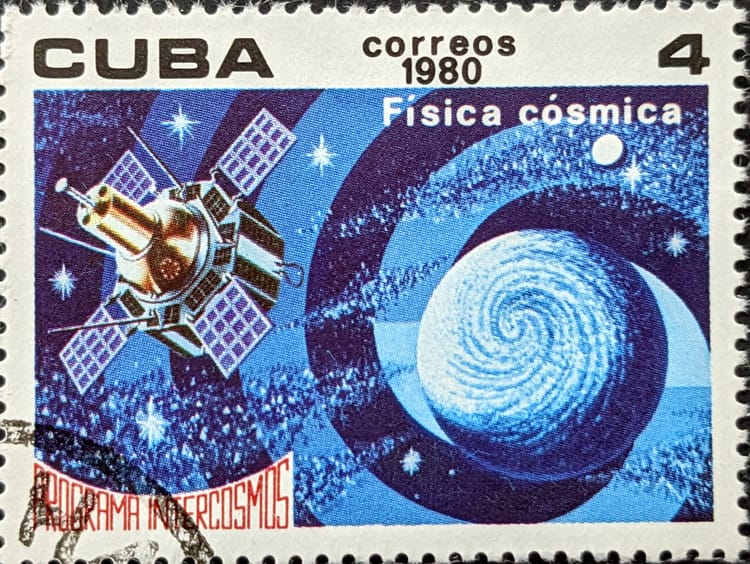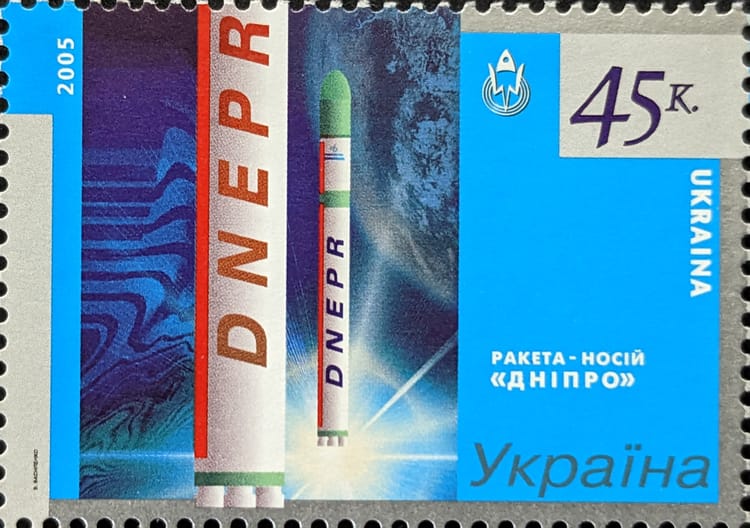Space Engineers & OneWeb’s Launch Costs
It now looks like COVID-19 is impacting India’s space industry. The Indian Space Research Organisation (ISRO), India’s space agency, is implementing measures similar to those of NASA and the European Space Agency (ESA)--locking down its facilities and enforcing telework for its employees. But the ISRO is also doing something a little different than its American and European counterparts--instead of going ahead with its programs, it’s using one of its satellite and rocket design centers to design equipment to help those with COVID-19.
Idle Hands Make Ventilators
The ISRO’s Vikram Sarabhai Space Centre (VSSC) is switching from satellites and rockets to focus fully on designing “ventilators that can be operated in a simple manner and when power supply is not there.” Those last two characteristics are what is supposed to differentiate the VSSC’s designs from ventilators already on the market. Once a design is ready, the ISRO will disseminate it to India’s commercial companies for manufacturing the ventilators.
It’s an interesting display of reprioritization from the ISRO. It makes sense for the space agency to use the talents of engineers and scientists at VSSC to design something that could potentially be so useful in saving lives in that country. It may be that shifting priorities from space to something more urgent and potentially life-altering is a way to make people working at the VSSC to feel like they’re doing something potentially critical for their neighbors/citizens.
The ISRO’s announcement that the VSSC is on hold for manufacturing its rockets is not an unexpected response to COVID-19 (others have implemented similar actions). This will impact an already low annual launch cadence for the agency. The ISRO has averaged about six launches per year during the past five years. While it was supposed to launch a Geosynchronous Satellite Launch Vehicle (GSLV) in early March this year, it didn’t because of a glitch. The ISRO has yet to launch any rocket to orbit in 2020.
The hold on launches and manufacturing may impact the ISRO’s Small Satellite Launch Vehicle (SSLV) efforts. The SSLV is the ISRO’s attempt to gain a larger share of the small satellite (smallsat) market. The space agency had provided information that the SSLV would likely be launched sometime in 2020. But like the schedules of many other launches around the world, that first launch may end up as postponed.
NewSpace India Ltd. (NSIL), a government-owned company, is responsible for the manufacturing of the SSLV, and the ISRO’s very successful Polar Satellite Launch Vehicle (PSLV). The ISRO already uses the PSLV for launching smallsats for international customers into orbit. The PSLV was used to successfully launch over 100 smallsats into orbit in early 2018 on a single rocket.
The ISRO is not the only group of engineers attempting to help victims deal with COVID-19. Virgin Orbit, a commercial launch service provider in the United States (who hasn’t launched its rocket yet), is also applying its engineers and resources to provide what sounds like a device similar to the VSSC’s that’s easy to replicate and use.
The company’s CEO, Dan Hart, notes that the device his engineers created is waiting for the Food and Drug Administration’s (FDA’s) approval. It appears Virgin Orbit is working on this project of its own volition. The main reason for Virgin Orbit’s existence, its air-launched smallsat rocket LauncherOne, is supposed to launch sometime this year. The company noted in Twitter that COVID-19 is also delaying LauncherOne’s first launch even though Virgin Orbit is considered an “essential service” for NASA and the Department of Defense.
Perhaps the ISRO’s (a government entity) and Virgin Orbit’s (a commercial company) announcements are without substance (unlikely). Cynically viewed, each is probably figuring a way to keep their people employed. But it’s better than asking each government (Indian/U.S.) for money. Instead, their employees are doing something that seems meaningful. Even more important--what they’re producing provides hope. If these projects churn out designs and equipment that works simply, efficiently, and quickly, those are all demonstrably life-saving gap-fillers in a world where some authorities seem to be badly fumbling in basic services.
That’s not to imply everything is well and perfect with either the ISRO and Virgin Orbit. For India’s part, it’s testing of an anti-satellite weapon slightly over a year ago displays overriding fear of a longtime threat--China--over concern of test consequences. Likely China’s own anti-satellite tests prompted some rationale for India to conduct its own test.
Reasonable OneWeb Launch Costs--not Low Enough
With Virgin Orbit, LauncherOne’s first launch is delayed. It took the company a while to even get close to its test this year. However, the delay and Virgin Orbit’s activities to help against the pandemic are better options than going the way of OneWeb last Friday. More information came out in OneWeb’s bankruptcy filing dockets. Forrester Reports did a decent job of summarizing the more important points within those dockets. One of those was a short line of OneWeb’s 2015 launch deal with Arianespace.
If Forrester is correct about the actual price of OneWeb’s launch contract with Arianespace being $1.1 billion for 21 launches, then OneWeb probably got the best deal it could in the launch business--even if it had approached SpaceX for its launches. Dividing that $1.1 billion among the 21 launches comes to ~$52 million per launch of 34 satellites. For that many satellites per launch using a fairly reliable rocket, on a fairly aggressive launch cadence, that appears to be a pretty good price per launch. Yes, there are less expensive launch vehicles out there (such as the ISRO’s PSLV), but they aren’t as capable as the Soyuz OneWeb was using.
Ultimately, even with that contract, OneWeb’s costs for launch alone shows the disadvantage it faced when contrasted with SpaceX’s estimated “in-house” launch costs (around $30 million per launch of 60 satellites). SpaceX, however, also has been searching for more funding. Blue Origin (also considered “essential”) and Project Kuiper would likely bring similar low-cost advantages per launch, once satellites and rockets are ready.
SpaceX’s other project, Starship and Super Heavy will likely reduce its in-house costs even more and could possibly become the least expensive option to launch with on Earth (in spite of Starship's estimated 100 or so tons of lift capability). The company is progressing swiftly with its prototypes in Boch Chica, Texas. It might conduct a short flight test of its third Starship prototype next week.
SpaceX just released a "payload guide" (five pages) for Starship, but it appears to be very, very **light**. Compare that to the Falcon User's Guide (68 pages), and it's apparent the Starship guide is not fleshed out in any way. The Starship guide is probably intended to get people excited enough to give SpaceX more money for its projects. That said, it's a great resource for images, like the one below. I added the yellow bracket alongside the Starship stage to show the part of what I believe is the cylinder that's being moved down the road (in that Teslarati link posted in the paragraph above). Yes, it's supposed to be at least that big.

SpaceX’s progress with these prototypes may provide some incentive and excitement for investors when it runs another funding round.
Before anyone gets the wrong idea--VO and the ISRO aren't the only ones doing this--just the latest highlighted examples. Lockheed, for example, is being very quiet about its activities, but it's helping out just north of us in Denver: http://nasawatch.com/archives/2020/03/the-lockheed-ma.html.




Comments ()